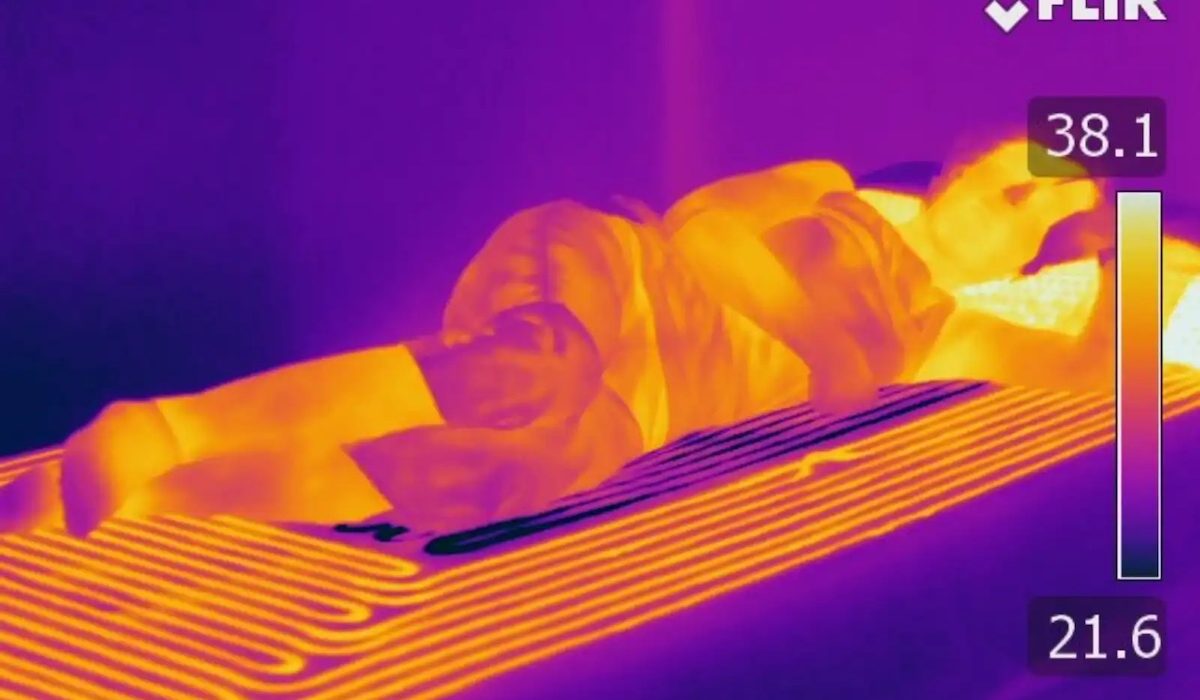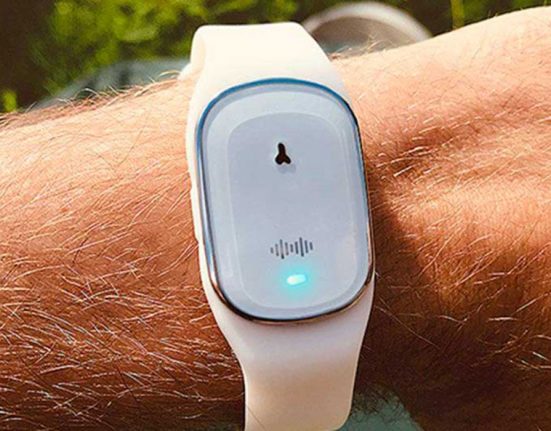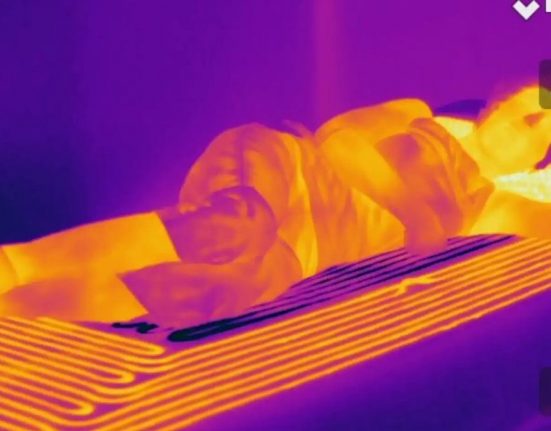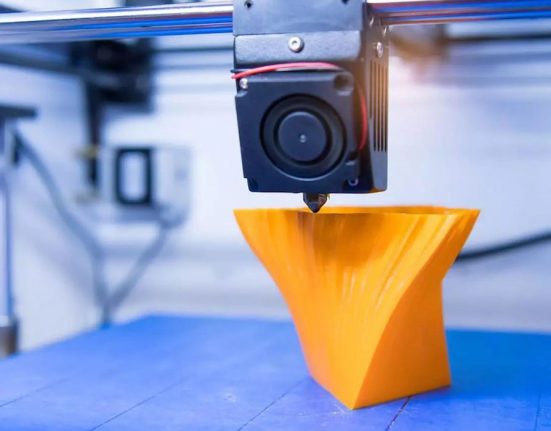From digital to biotechnology, including robotics, 3D printing, and innovation in new technologies, therapeutic innovation has a major challenge: directing research and development investments towards relevant objectives.
Insomniacs looking for a better sleep, check out the latest therapeutic innovation: a high tech mattress that will help you fall asleep and have a good night’s sleep.
State of play: Increasingly high tech, connected health
Today, in the era of Big Data, patients benefit from a wide variety of connected applications and objects that help them keep themselves in shape and monitor their vital signs.
Our health is increasingly managed by technology, and connected technology in particular with the advent of e-health–services that use new information and communication technologies such as the Internet.
Yet smartphones are far from being the only connected objects in e-health.
Connected bracelets are perhaps the most widely used and appreciated on the list.
These multifunctional, connected objects allow you to monitor your heart health, encourage you to move more thanks to their activity trackers, and provide sleep tracking.
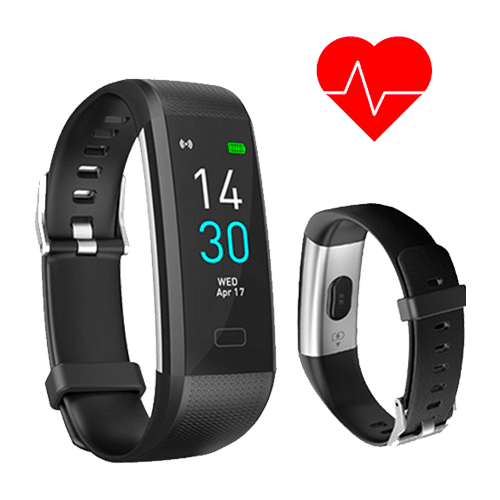
A mattress for better sleep, with promising results!
How can you make it easier to fall asleep and to sleep better? The answer was found by a team of bio-engineers from the University of Texas at Austin: by using a high-tech mattress that incorporates a thermoregulation system.
Specializing in the research and development of therapeutic devices to regulate temperature, these scientists have developed a mattress and a heating and cooling pillow to promote sleep with a built-in air conditioning and heating system.
Following their previous meta-analysis of 5322 studies in 2019, they were able to find that taking a bath (between 40 and 43 °C) one to two hours before sleeping helps you fall asleep and promotes quality sleep.
Indeed–and the scientific literature is plentiful on this subject–feelings of drowsiness are controlled by the circadian rhythm and the human thermoregulatory system.
For the latter, two areas are concerned: the back of the neck and the feet.
Following this thermoregulatory principle, the research engineers created bedding that heats and cools the body.
To promote the dissipation of body heat, this innovative system reduces the temperature of the central parts of the body and warms the neck and the extremities of the body–the hands and the feet.
Video explanation of how the Temperature Control system works
Time to fall asleep reduced by 58%
In their trials (study published in the Journal of Sleep Research), scientists asked 11 volunteers to use two types of temperature-control mattresses (air and water) and to go to bed two hours earlier than usual to make falling asleep more difficult.
Subjects were required to activate the heat control system only on certain nights.
The results are quite promising, as the test subjects fell asleep 58% faster when the system was activated.
The volunteers also confirmed that they slept better.
“It is remarkable how effective gentle warming along the cervical spine is in sending a signal to the body to increase blood flow to the hands and feet to lower the core temperature and precipitate sleep onset,” said Kenneth Diller, one of the authors.
In addition, this therapeutic innovation for improving sleep via thermoregulation makes it possible to slightly lower blood pressure during the night, allowing the cardiovascular system to get rid of stress–a significant health advantage in the long term.
A patent for this concept has already been filed
Researchers still have to carry out different studies to confirm their results with this design that incorporates the principle of thermoregulation.
However, they have already filed a patent and are looking for mattress manufacturers to commercialize their invention.
You’ll soon be able to try it at home and improve your sleep permanently!

